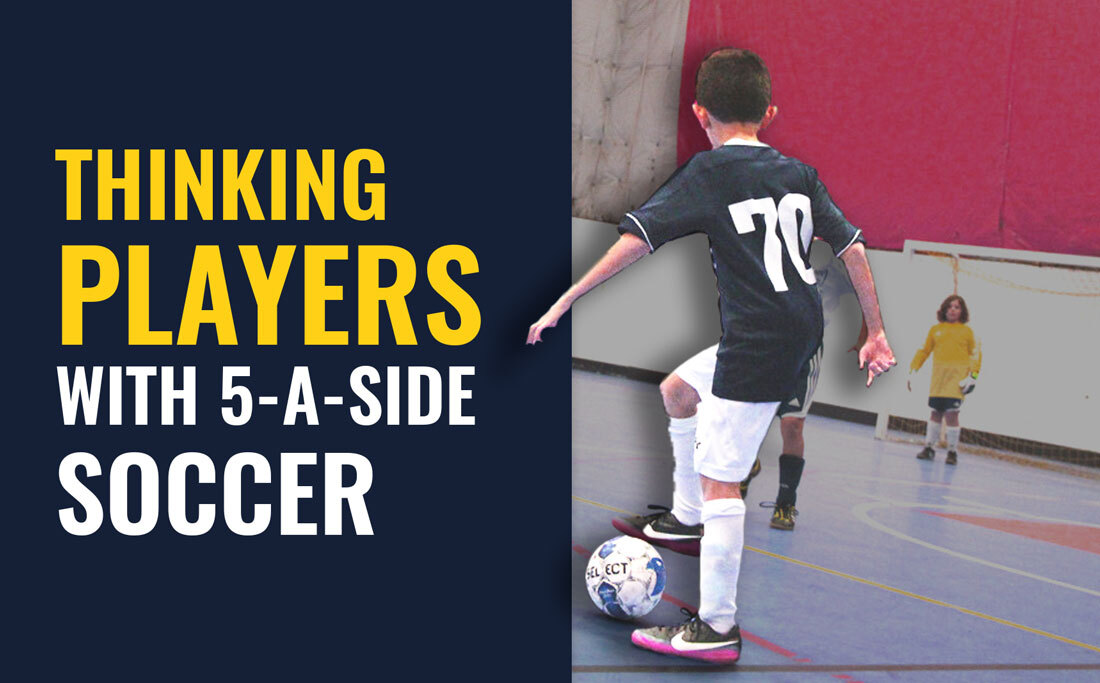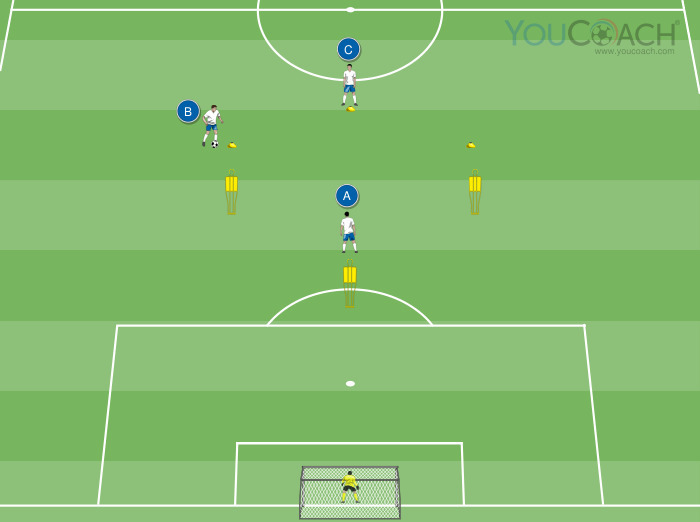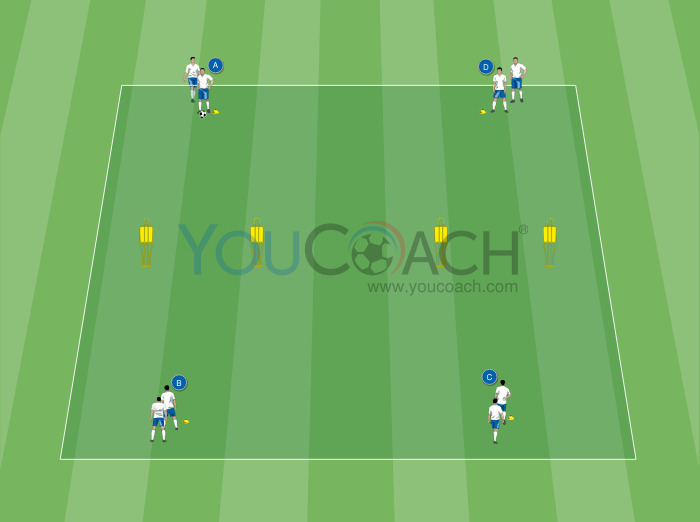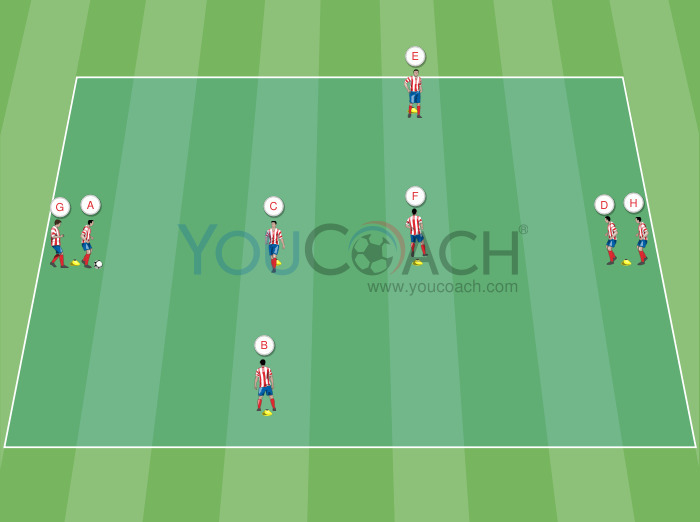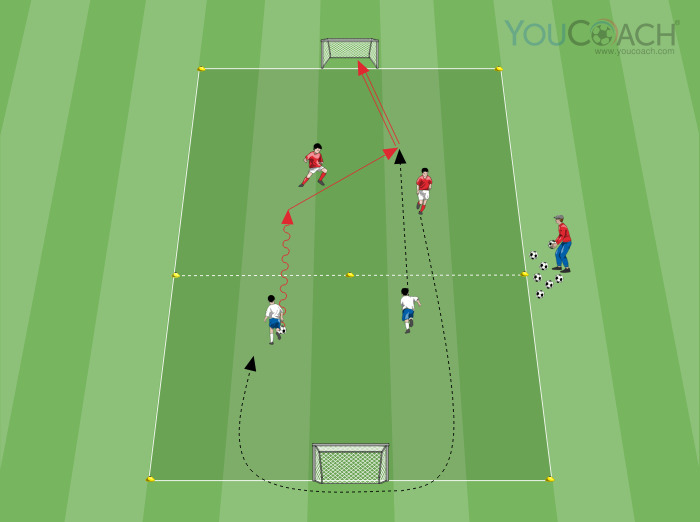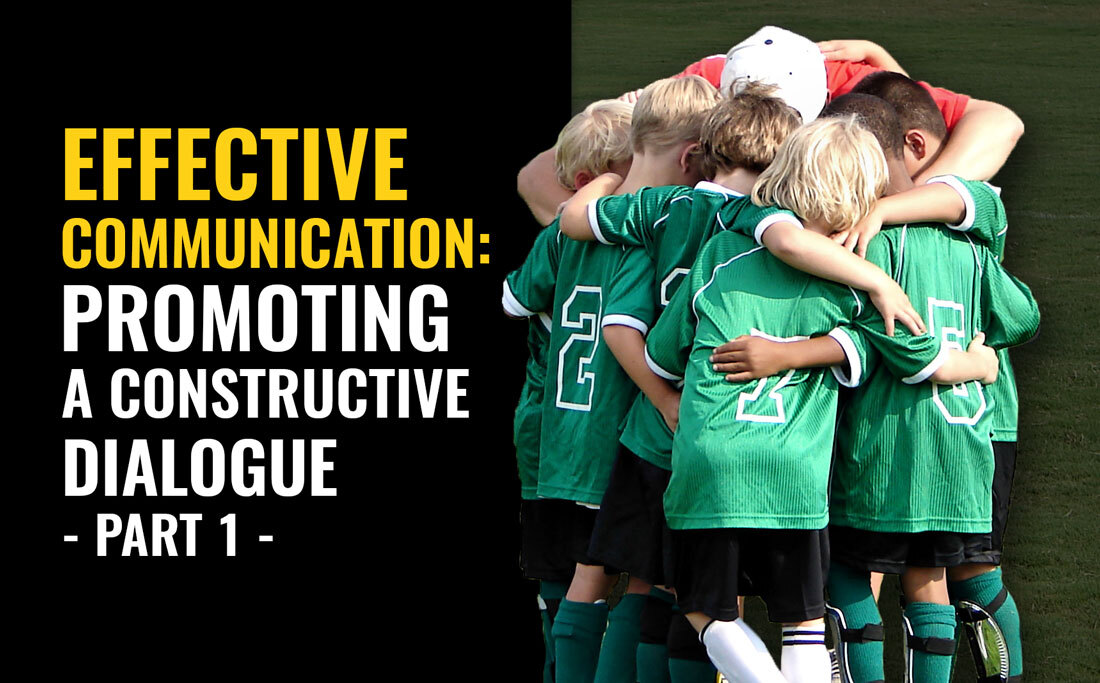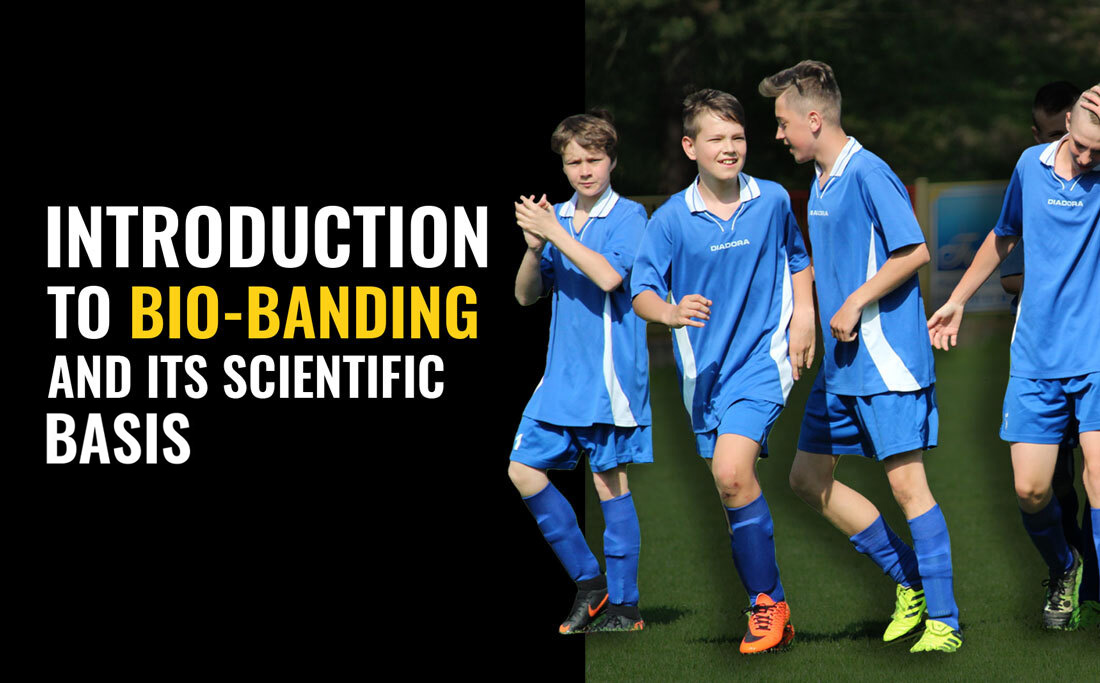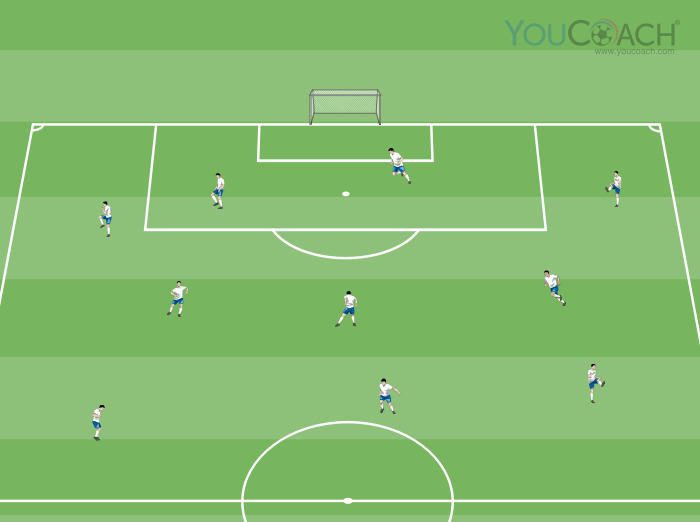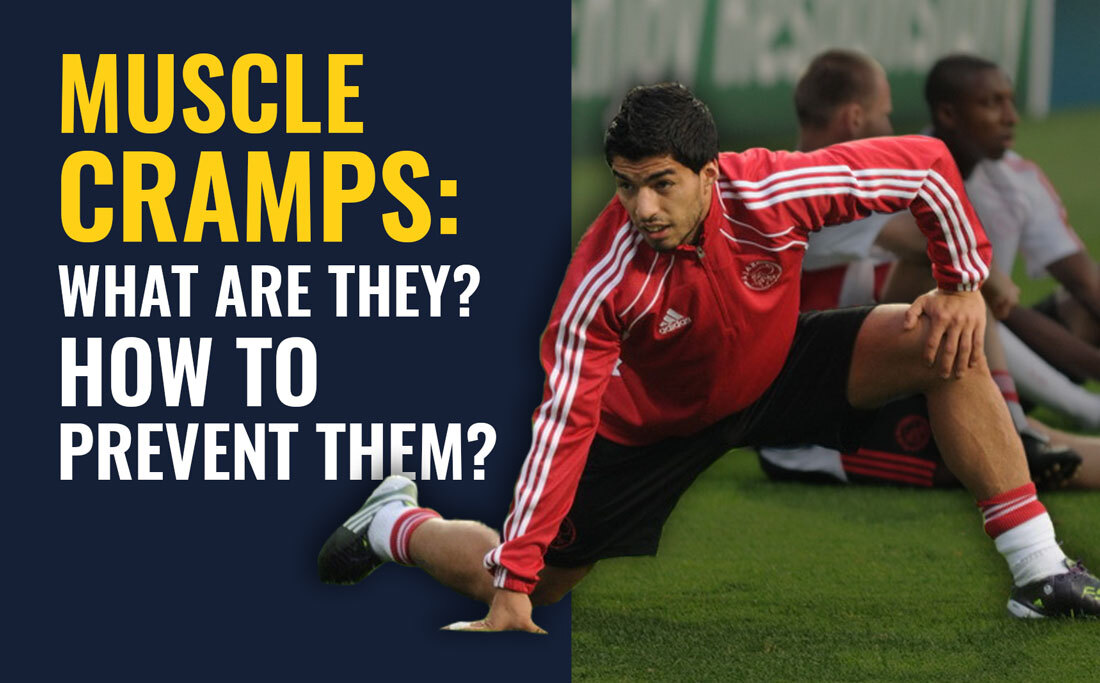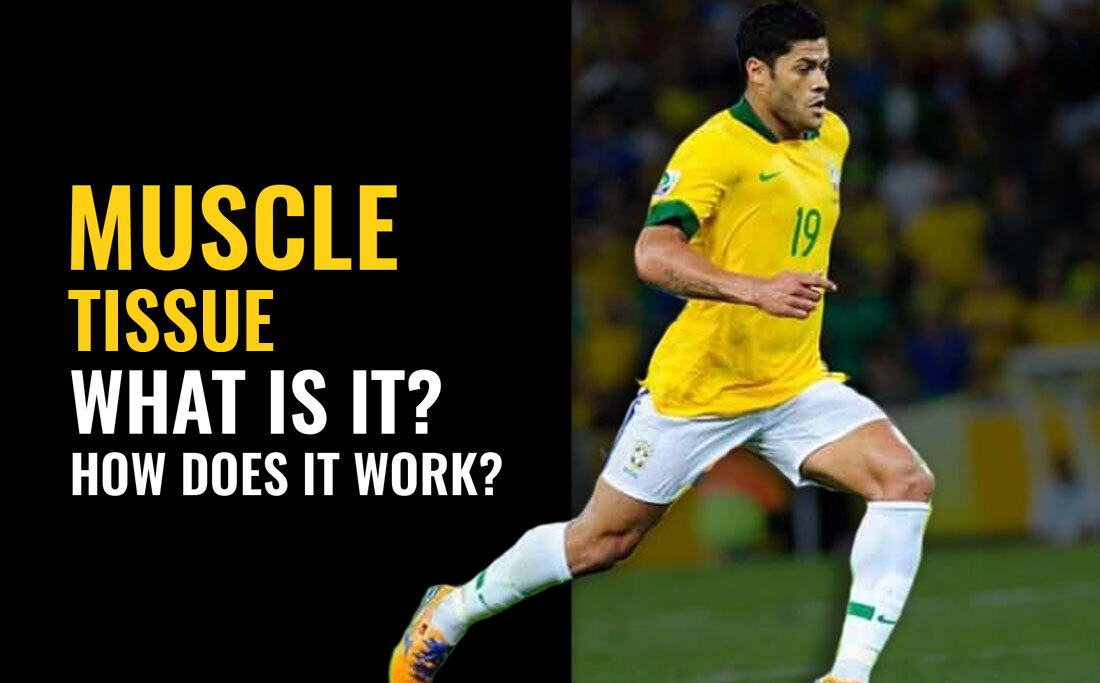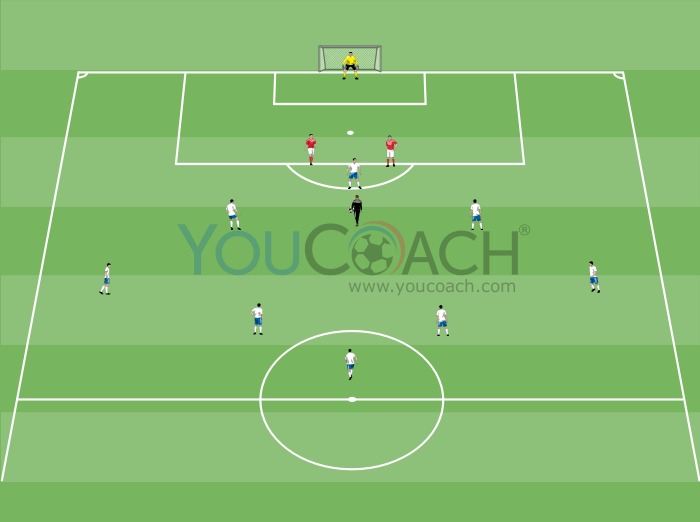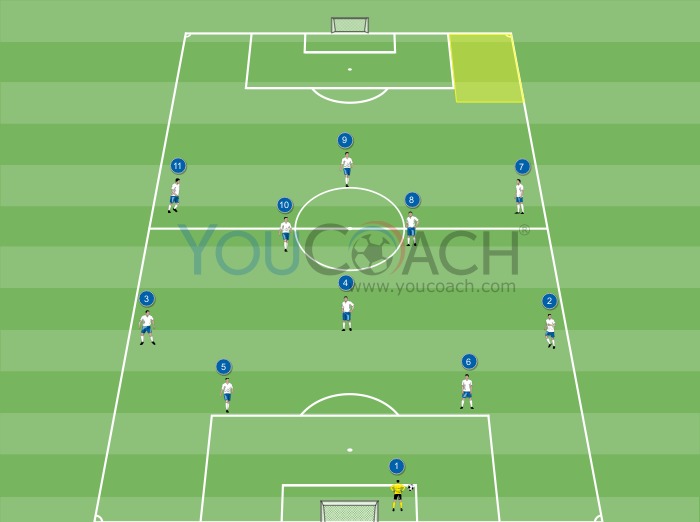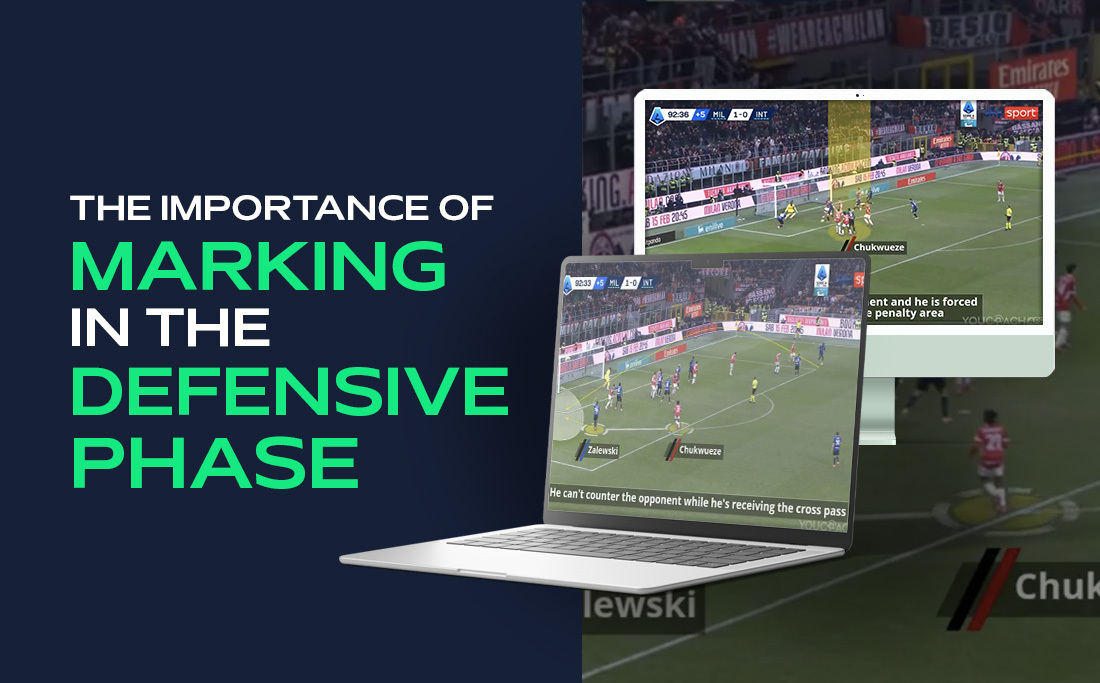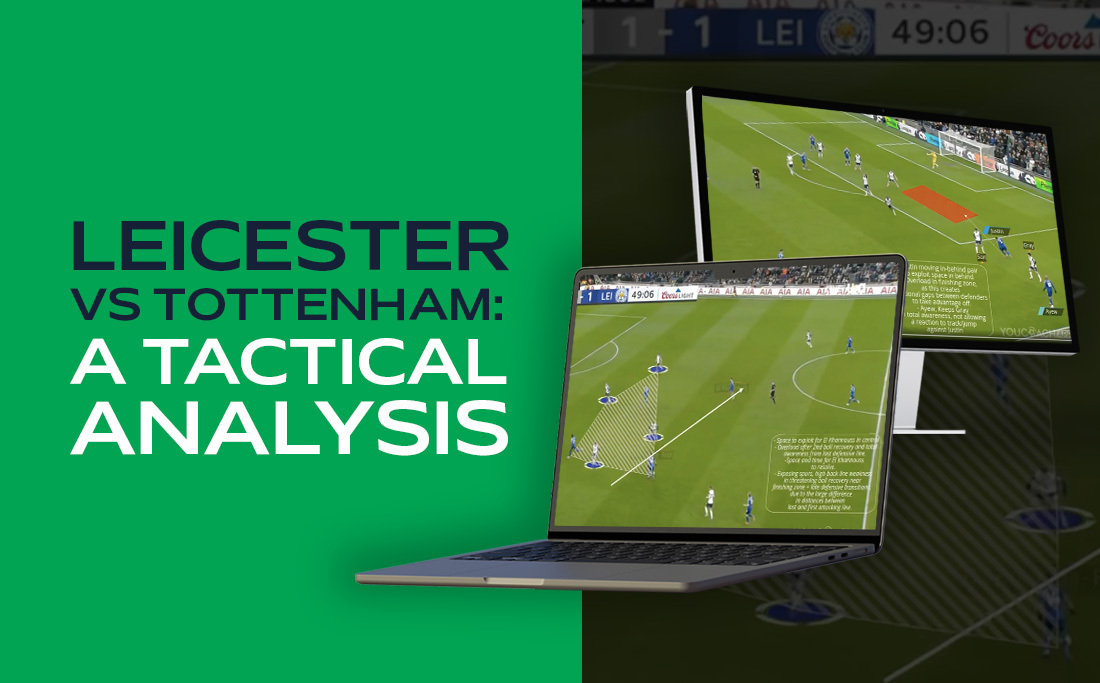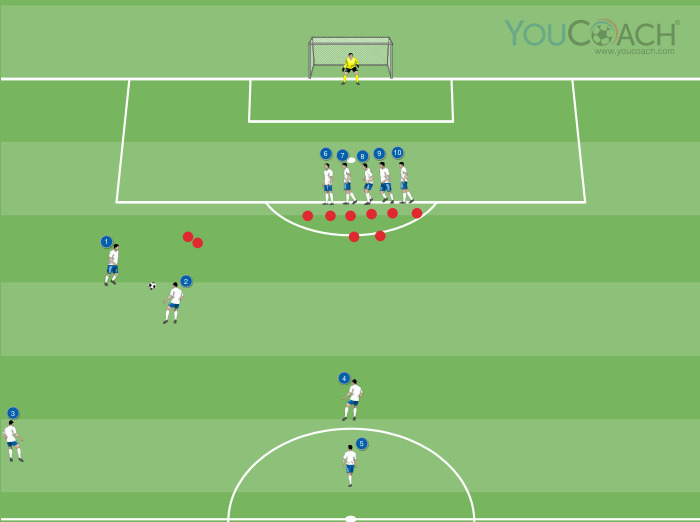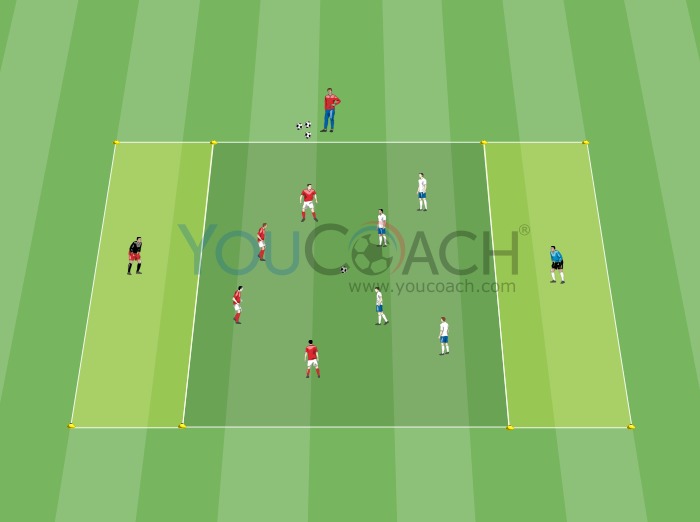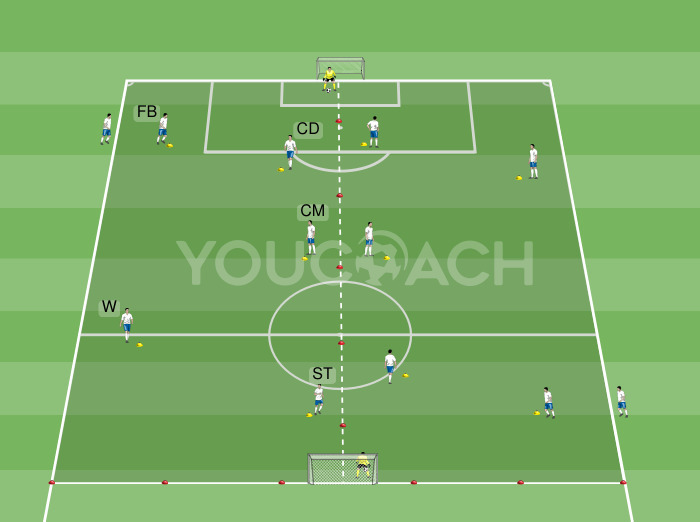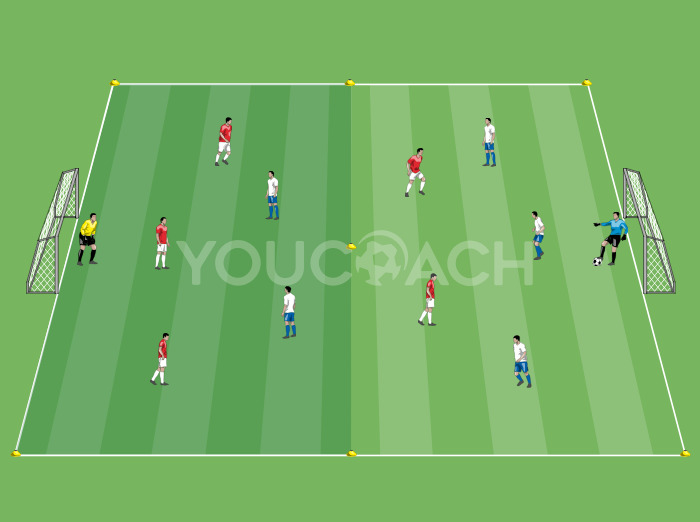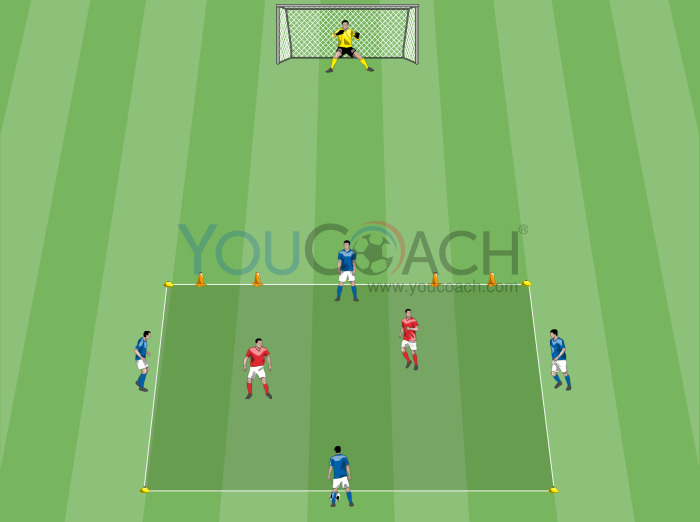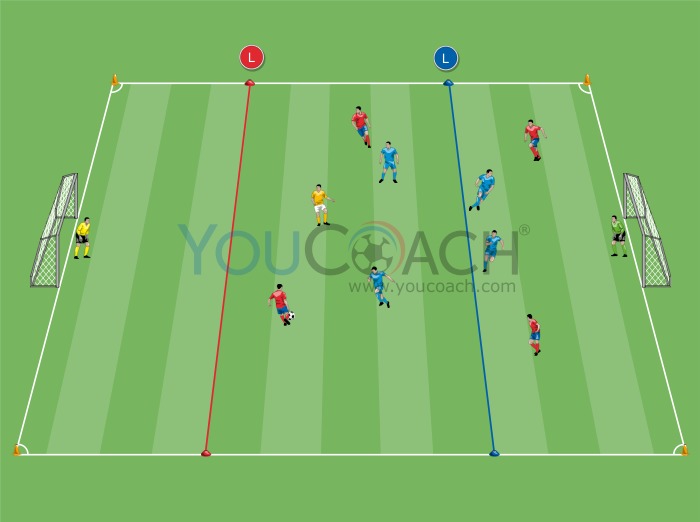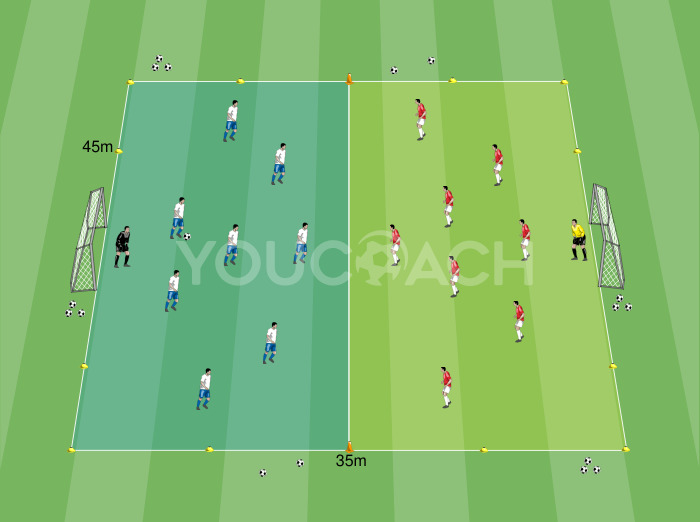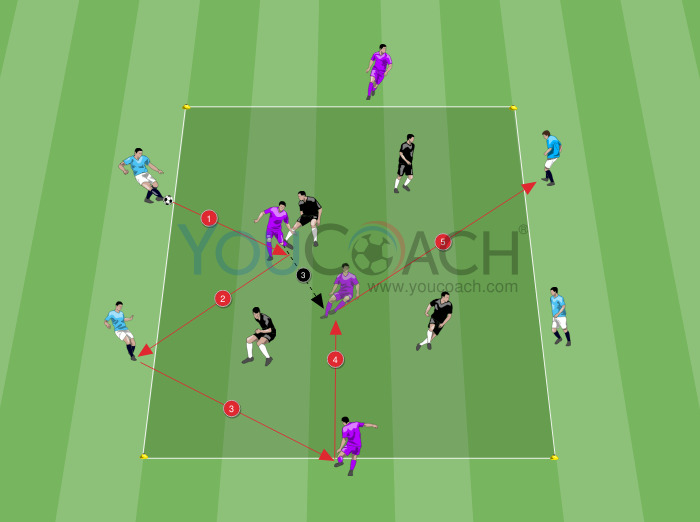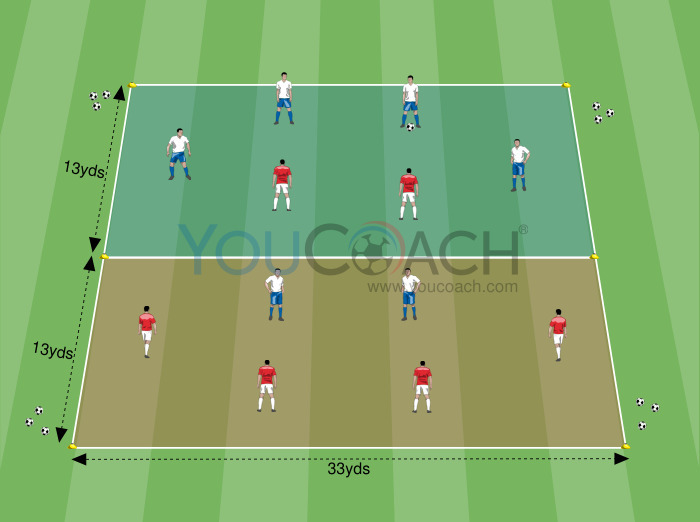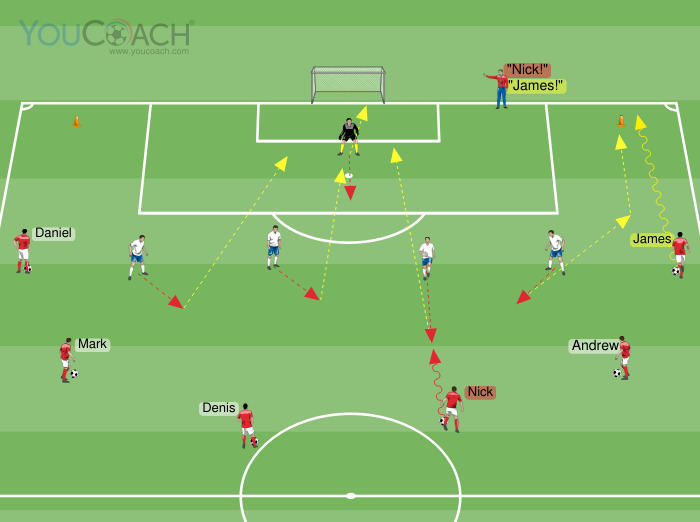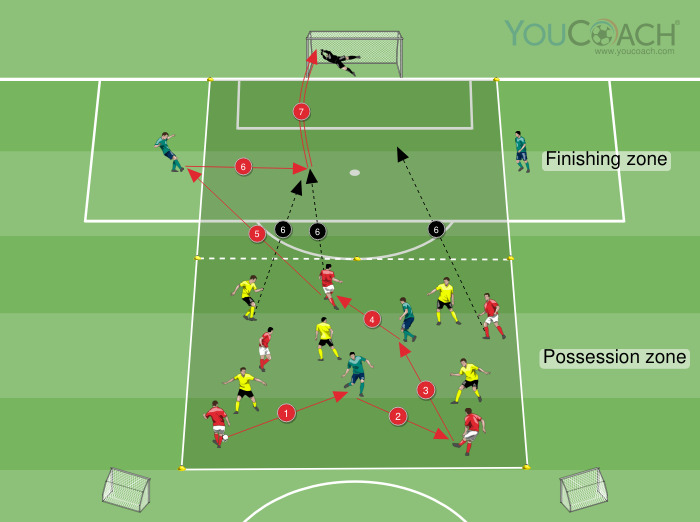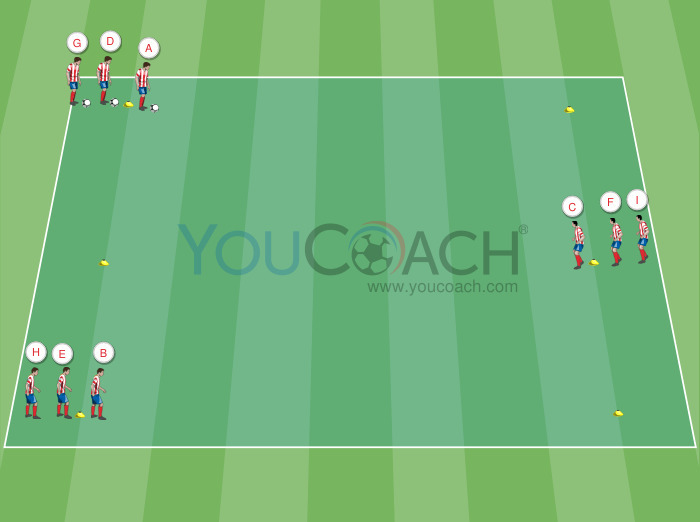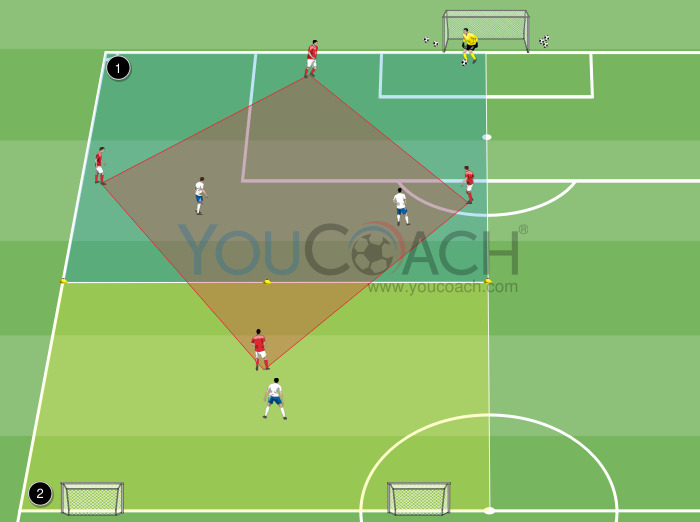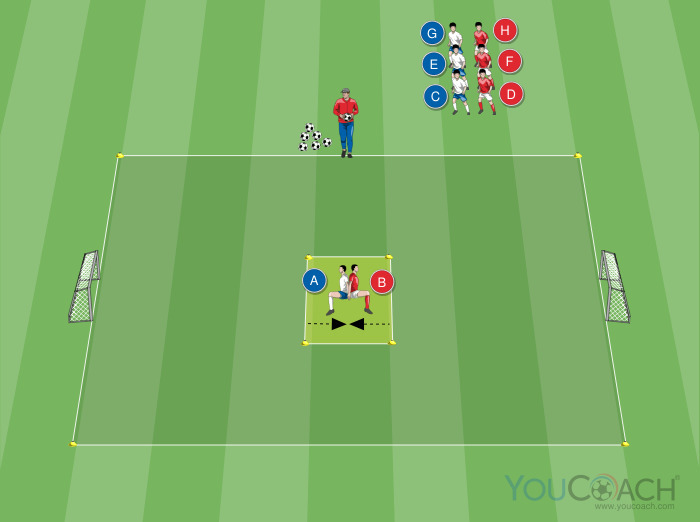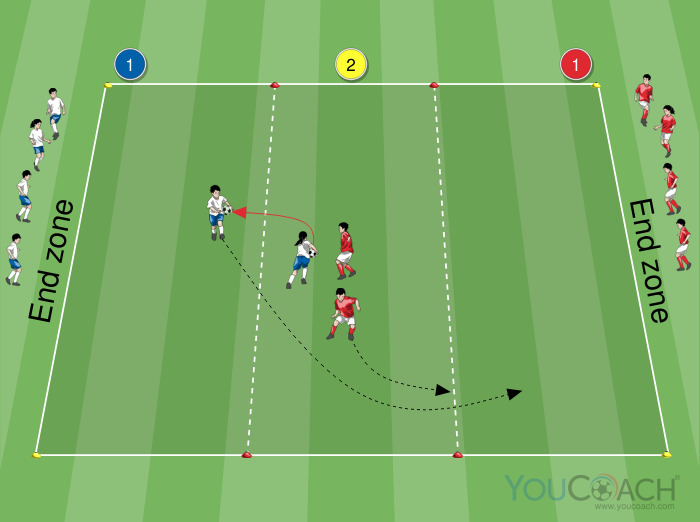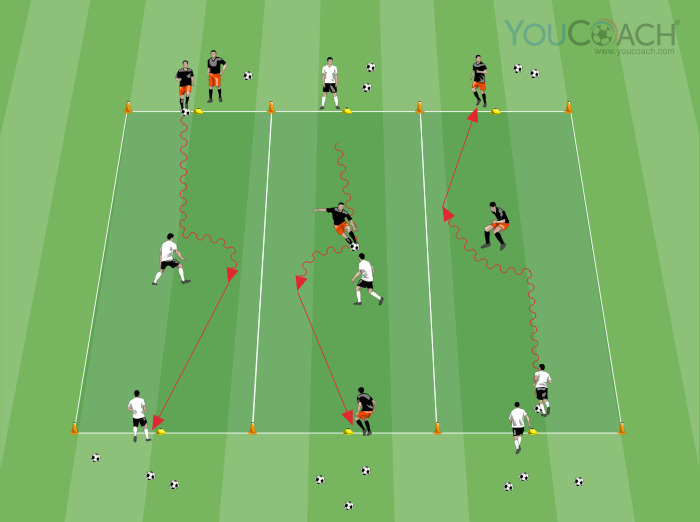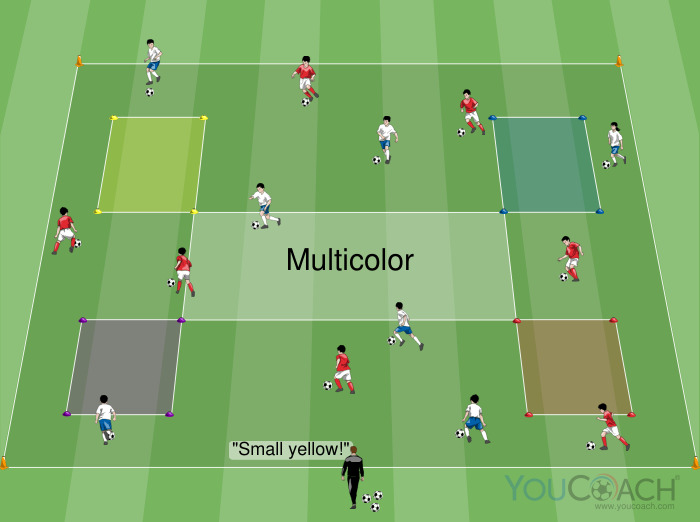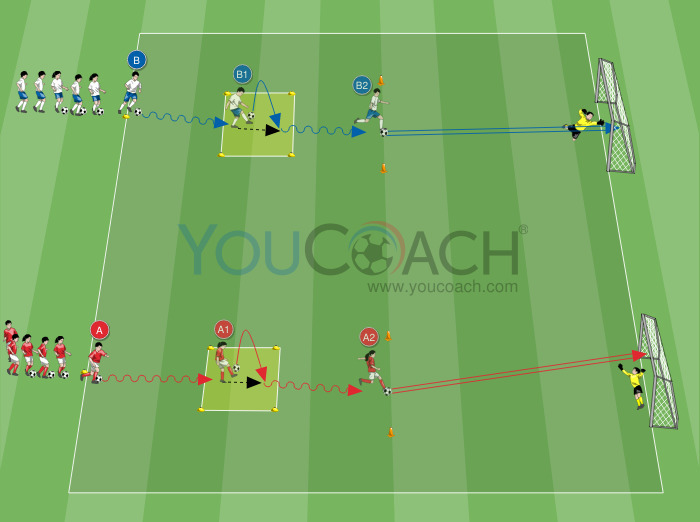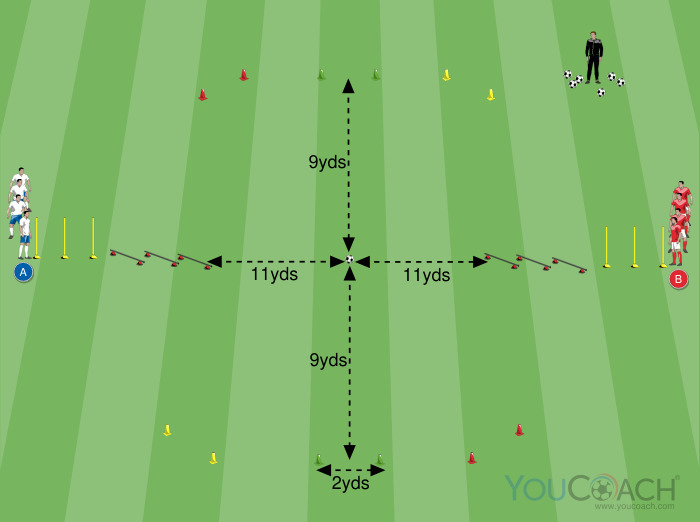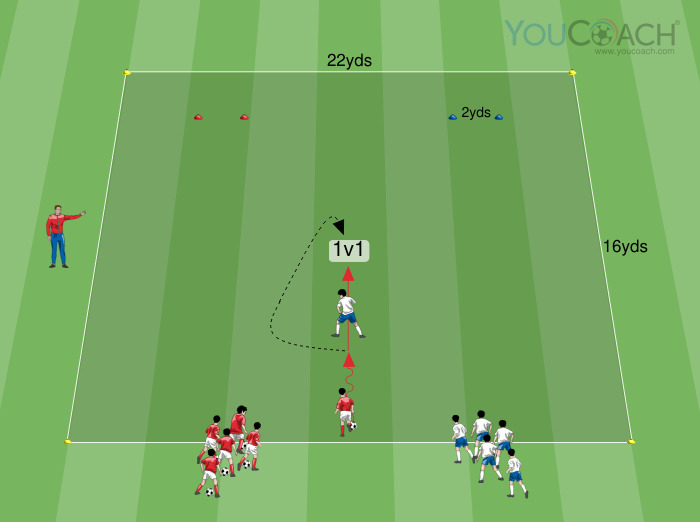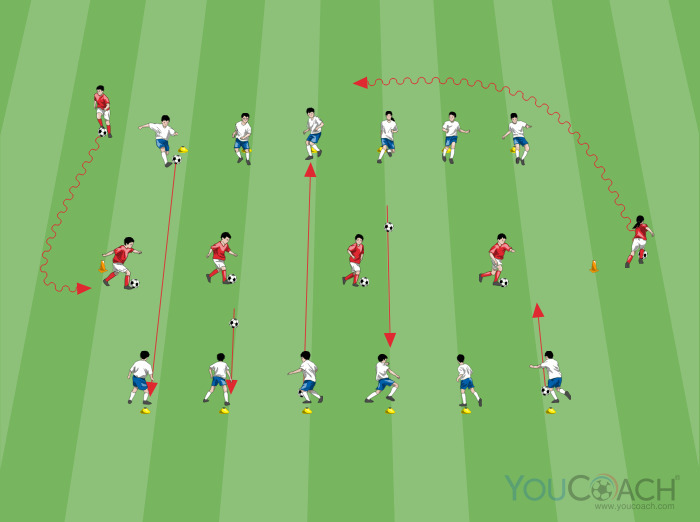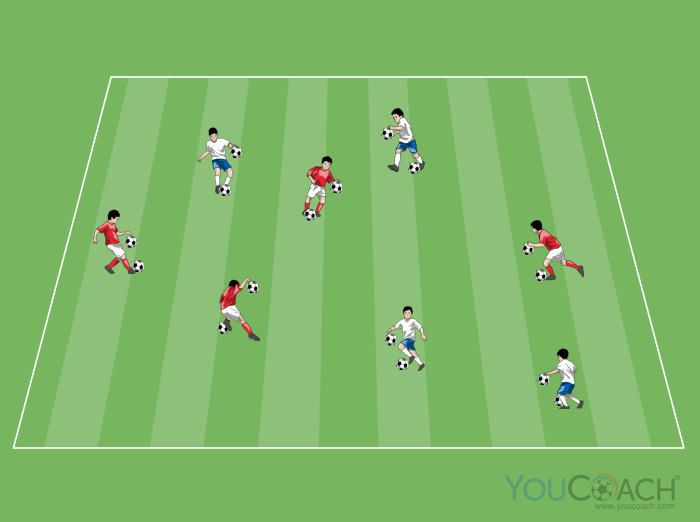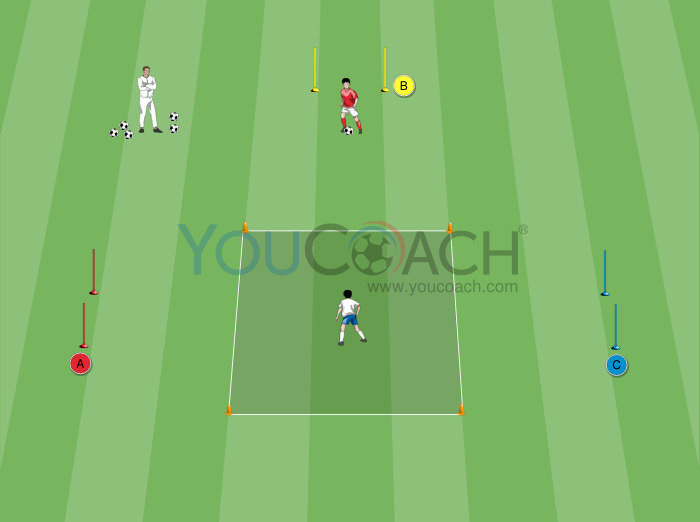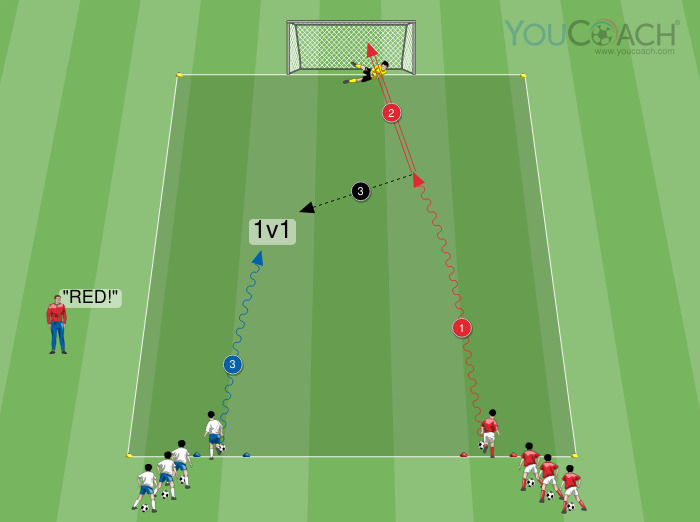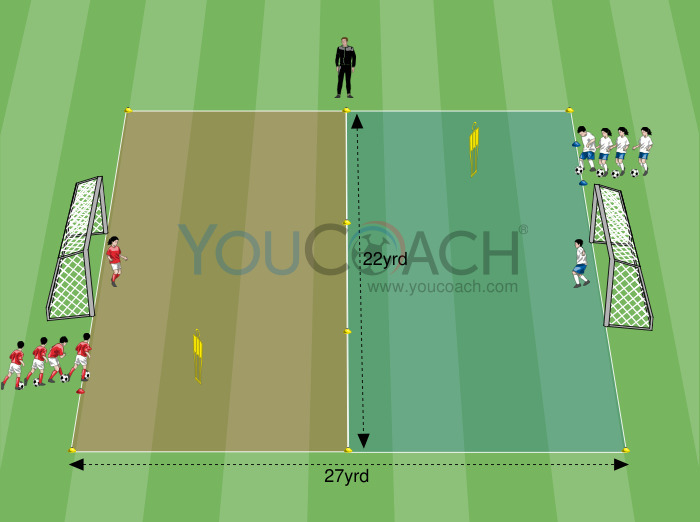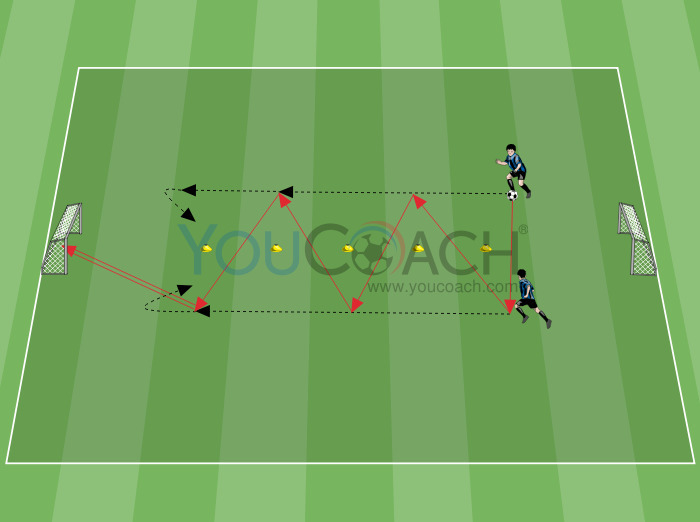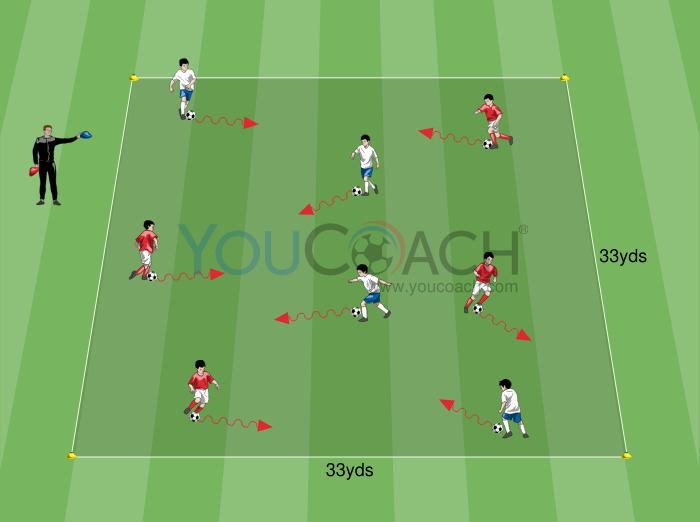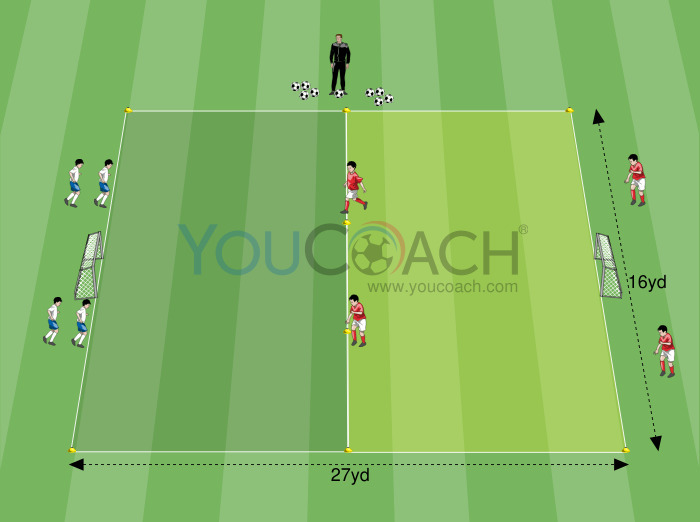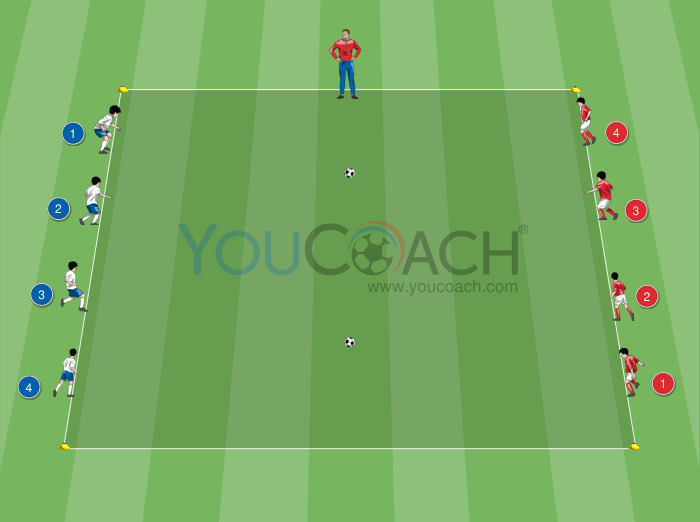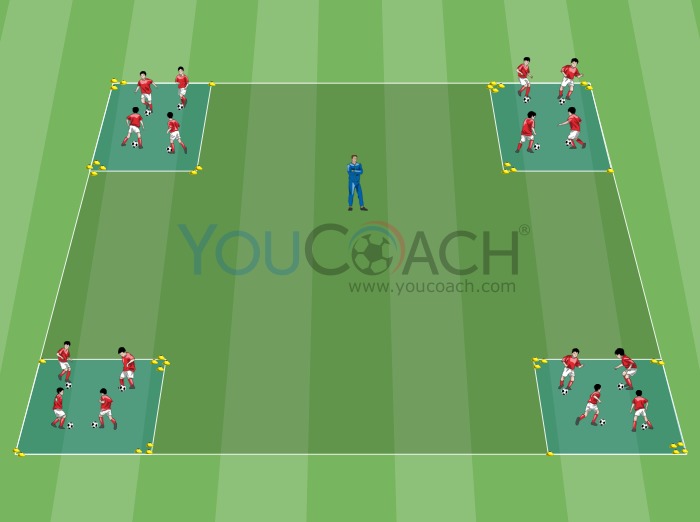Ankle sprains
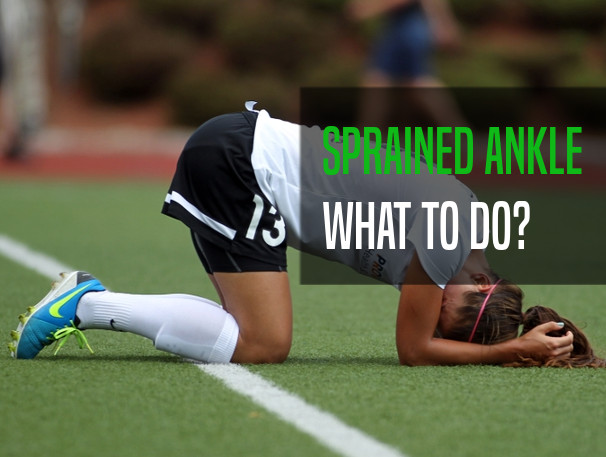
|
What should you do in case of ankle sprain? The physiotherapist’s advice |
Ankle sprains are common in contact sports (rugby, basketball, and obviously soccer) and sports requiring repeated landings (volleyball)
Mild ankle sprains have very good prognosis and recovery times are quite short; more complex sprains may even require surgery and may leave long term consequences.
Ankle sprains are very common in all sports and football is no exception.
ANKLE LIGAMENTS
Before discussing ankle sprains an introduction to ankle ligaments seems advisable.

Lateral ligaments: They include three ligaments. The anterior talofibular ligament is the most fragile one, it joins the fibula with the anklebone and extends between the anterior portion of the lateral malleolus and the lateral and anterior surfaces of the anklebone. This is a very thin ligament and is considered to be a mere thickening of the articular capsule.
Immediately behind it, the calcaneofibular ligament joins the fibula and calcaneus, It has an almost vertical position and can be easily palpated by a sensitive hand.
Farther behind is the posterior talofibular ligament which is in oblique position and joins the posterior portion of the fibular malleolus to the lateral tubercle of the posterior aspect of the anklebone.
These three ligaments counteract excessive inversion of the foot.
Although it is not functionally connected with these three ligaments, the calcaneus-cuboid ligament can be included in this group, It can sometimes undergo sprain in inversion, since its role is to prevent excessive detachment of the cuboid and heel bones.

Medial ligaments: are represented by the strong deltoid band that consists of four strong fibrous ligaments joining the tibial malleolus with the heel bone, anklebone and scaphoid.
The deltoid ligament has the role of limiting excessive ankle eversion, supported by the lateral malleolus that acts as a bone block against excessive eversion.
The big ligament mass in the figure represents the deltoid ligament.
- Tibiofibular Syndesmosis: This term describes the distal tibiofibular articulation, i.e., the articulation joining the tibia and fibula immediately above the anklebone. This is a slightly movable joint, well stabilized by a number of ligaments including intra-bone ligaments, anterior-inferior and posterior-inferior tibiofibular ligaments.

The position of the posterior tibiofibular ligament can be observed
- The 1st degree involves no macroscopic damage, minimal pain and swelling, minimal functional loss.
- 2nd degree indicates partial tear with marked pain and swelling. Partial instability may be present.
- 3rd degree is a complete tear of the ligament, with intense pain and swelling, inability to bear weight and marked instability.

-
Lateral ankle sprains: When the injury occurs in eversion it is like that the lateral ligaments are involved. The anterior talofibular ligament is most frequently damaged, but also the calcaneofibular ligament is often involved.
If the injury has been particularly violent a fibular fracture cannot be excluded. An expert professional can apply the Ottawa Ankle Rules to decide whether the athlete needs radiographic examination. These are palpation rules that can be easily and rapidly used with a goal of both assessing suspected fractures and minimising unnecessary radiation exposure.
Typical signs and symptoms are swelling and pain around and under the lateral malleolus, that may diffuse along the fibula or the lateral aspect of the foot and, in more severe cases, bruising and marked functional loss are also present.
Some series of tests to be performed by expert clinicians have been established to evaluate the conditions of the ligaments. They can give an idea of the injury level, but the most appropriate test to carefully assess ligament damage is magnetic resonance, that can be prescribed only by a doctor.
Prognosis is favourable, and the return to activity can predictably be possible 4-6 weeks after injury in more severe cases. Should it be otherwise, the player should be advised to contact an orthopaedist.

Medial ankle sprain: an isolated damage of the deltoid ligament is fairly uncommon, because it is very strong and the tibial malleolus is relatively fragile. In fact, a damage of this bone has to be suspected in the first instance in case of an eversion sprain.
Also in this case the Ottawa Rules may help the clinician in evaluating the need for a radiographic examination. Where only the ligaments are involved the recovery time is predictably twice as long as the time required for similar sprains of the lateral ligaments.
The figure illustrates the eversion movement in the attempt to show how it can damage the integrity of the deltoid ligament
-
Syndesmotic Sprain ("high ankle sprain").: In past years an injury to the ankle syndesmosis was considered an uncommon event, but today it is estimated that about 30% of all ankle sprains involve these ligaments.
Typically, it occurs from an external rotation and dorsiflexion of the foot in contact with the ground.
A high ankle sprain requires longer recovery times compared to classical inversion sprains. A complete tear of the anterior-inferior tibiofibular ligament requires surgery to stabilize the distal articulation connecting the tibia to the fibula. Complete tearing of this ligament is often associated with an injury of the deltoid ligament or malleolar fractures.

If pain after the injury is severe the player must be replaced immediately. Ice must be placed on the area and the other prescriptions of PRICE protocol must also be used (Protection, Rest, Ice, Compression, Elevation).
In case the Ottawa Rule is used and tests positively, the player must be immediately got to an ER.

The rate of onset of swelling can be taken into account: a rapid swelling soon after the injury can point to a ligament damage; otherwise, a less immediate, more gradual swelling can indicate a less likely severe damage.
As usually, the “less is more” rule applies: a minimal, safe intervention is to be preferred to extemporised treatments that you are unable to execute.
Bruising around the malleolus as illustrated in the figure associated with pain and swelling is typical of high ankle sprains. Swelling is more marked cranially, and less marked in the medial side of the fibular malleolus.
ANKLE INSTABILITY
Instability is one of the possible consequences of ankle sprains. The main symptom is a sense of having a loose ankle, that the player will likely describe as a floppy ankle.
Purely mechanical ankle instability caused by actual anatomic factors (e.g., a complete tear of one or more ligaments) needs to be differentiated from functional ankle instability, which originates from proprioceptive deficiencies or muscle weakness.
Proprioceptive deficiency originates from the loss of a part of the receptors present inside the ligament that have the role of transmitting the movements of the articulation to the central nervous system.
Instead, the mechanisms affecting the loss of strength of the ankle eversion muscles (fibular muscles) are yet unclear.
PREVENTION
Unfortunately, studies performed up to present days do not allow any preventive programme to be indicated as more effective than another. Little scientific evidence available shows that training exercises aimed at improving proprioception and maintaining a good mobility of the ankle can limit the occurrence of sprains.
On the other hand, significant evidence is available pointing out that this kind of exercises is useful to prevent recurrence, a very common event after an ankle sprain. These exercises should progressively increase in difficulty level and be targeted for each specific sport activity.

SOME HINTS ON PHISIOTHERAPY
The great majority of ankle sprains responds positively to physiotherapy. Ankle sprains encountering chronic problems or requiring surgery are relatively few.
The treatment is applied taking into account the actual conditions of the injured articulation and modifying the applied weight in order to ensure an optimal healing of the tissues.

Treatment goals include recovering full mobility of the tibia-tarsus articulation (dorsiflexion is often limited after inversion sprains and this limited mobility is a risk factor for recurrences), recovering strength of the muscles that stabilise the injured articulation, proprioceptive training and a gradual return to the functional activities specific to football (changes of direction, analytical technique, contrasts). During more stressing rehabilitation phases the injured articulation can be protected with a functional bandage that has to be made by an expert professional. The protective bandage can be used also after return to activity, should the player feel this need. At a later stage the player can be taught to make it by himself if he continues needing it.
The protective bandage is an important ally in ankle sprain rehabilitation. It should be pointed out that it must be done only by an expert professional and only at a later stage (if necessary) by the player himself after proper teaching.



